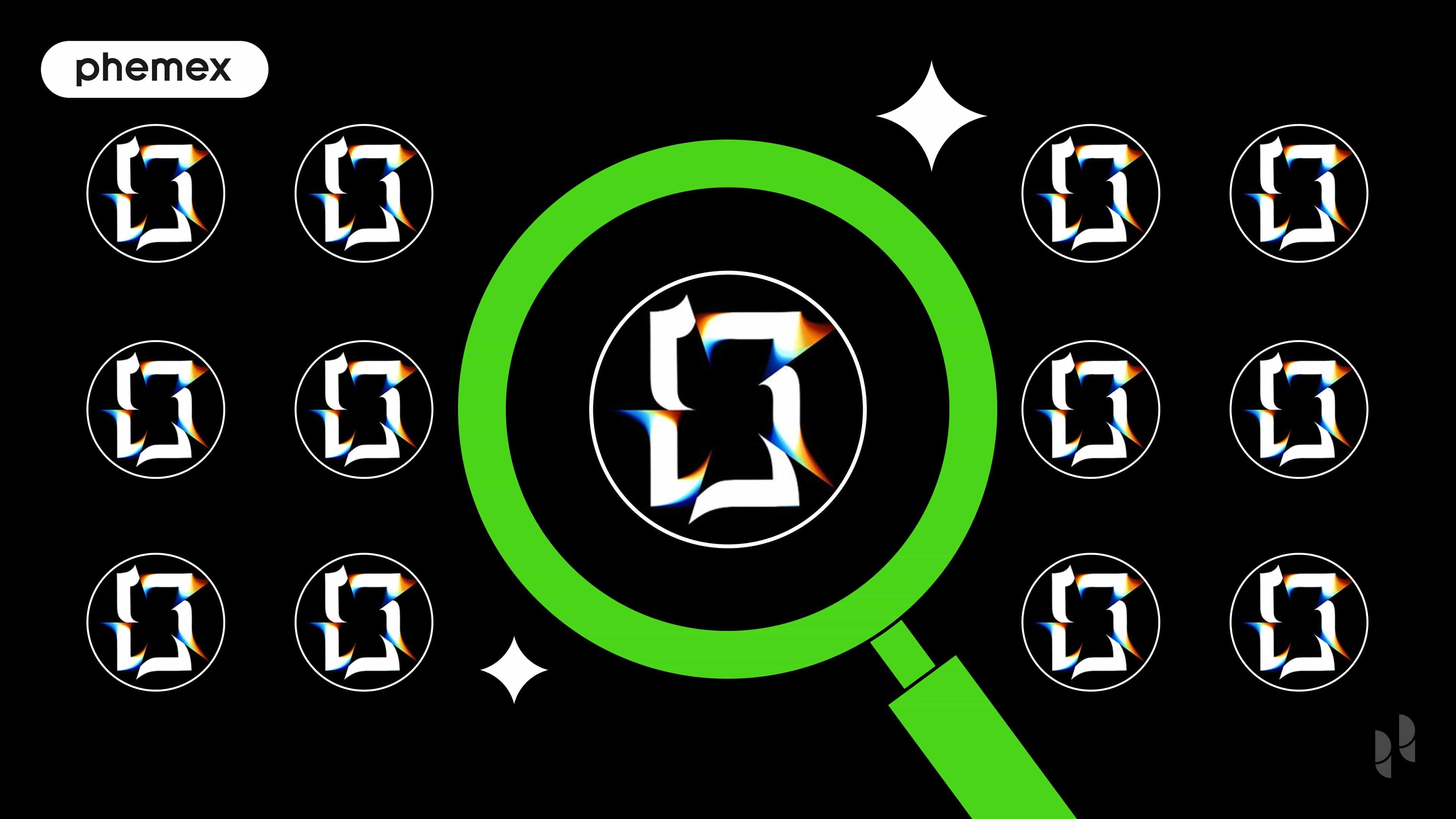What Are Real World Assets (RWA) in Crypto?
Real World Assets (RWA) in the context of cryptocurrency refer to tangible, physical assets that are traditionally recognized in the financial sector. These include, but are not limited to, real estate, commodities, artworks, and government bonds like US Treasuries. These assets constitute a substantial portion of the world's financial value, with global real estate valued at $326.5 trillion and the gold market at $12.39 trillion as of 2020.
Despite their significance in traditional finance, RWAs have not been fully utilized within the decentralized finance (DeFi) sector. Integrating RWAs into DeFi could significantly enhance liquidity and introduce a new category of assets for investors looking for yields less susceptible to the cryptocurrency market's volatility.
There's a notable trend towards incorporating US Treasuries into the blockchain, providing investors a lower-risk yield opportunity. The growth of RWA in crypto is evidenced by the total value locked (TVL), which surpassed $770 million by the end of July 2023 according to a DefiLlama chart.
In addition to on-chain real-world assets, there's an increasing issuance of on-chain capital market products. Companies like Mitsui are at the forefront, offering digital securities in stable real estate and infrastructure investments to retail customers, in collaboration with LayerX and on a blockchain consortium owned by SBI and Nomura. Mitsui manages approximately ¥2 trillion in assets.
Moreover, financial institutions are experimenting with blockchain subnets, such as the Avalanche Evergreen Subnet, Spruce, where they evaluate on-chain execution and settlement benefits. These explorations include DeFi applications for foreign exchange and interest rate swaps and may extend to tokenized equity and credit issuance, trading, and fund management.
The integration of RWAs with on-chain protocols is gaining traction, highlighted by the Avalanche Foundation's $50 million investment in tokenized assets on the Avalanche platform. This investment aims to encourage developers to innovate with RWAs on Avalanche, supporting the platform's ongoing growth.
Benefits of real-world assets
Tokenization of real-world assets introduces efficiency by enabling the trading of asset fractions on digital platforms around the clock, eliminating the need for traditional brokers and expediting transactions on a global scale. This technological advancement simplifies processes such as cross-border transactions and the automated distribution of profits.
The trust factor is significantly enhanced through tokenization, enabling atomic settlement of transactions involving real-world assets and tokenized currencies without reliance on conventional clearinghouses. Blockchain's inherent consensus mechanisms underpin this trust by determining transaction sequences, thereby streamlining exchanges.
Transparency is vastly improved in the blockchain ecosystem, where a permanent, public ledger offers complete insight into asset ownership and transaction histories. This system ensures clear asset titles, establishes provenance, and thwarts fraudulent activities by enabling open tracking of asset-related actions.
Compliance with regulations is more straightforward with smart contracts that can encode and enforce legal and regulatory obligations automatically, including Know Your Customer (KYC) and Anti-Money Laundering (AML) protocols. Moreover, tax reporting is facilitated by the integration of tracking tools within the digital ledgers.
Costs associated with transactions are reduced by bypassing intermediaries, thus diminishing fees associated with transactions and documentation. Maintenance and record-keeping expenses are also lowered due to the consensus mechanisms of blockchain compared to traditional systems.
Lastly, liquidity is greatly improved as tokenization allows for the fractionalization of real-world assets, creating a more accessible and constantly active secondary market for assets that were previously illiquid, thereby transforming them into more flexible investment vehicles.
Types of real-world assets
Stablecoins
Stablecoins are cryptocurrencies pegged to the value of an underlying asset, such as fiat currencies or commodities, to maintain price stability. They facilitate cross-border transactions and serve as a financial gateway for the unbanked. On the Algorand blockchain, for instance, Circle’s USDC and Tether’s USDT are popular stablecoins.
Real estate
Real estate tokenization democratizes access to property investment globally through fractional ownership. This method uses smart contracts to handle rental income and property-related expenditures, proportionately distributing profits to token holders. Companies like Lofty offer tokens for residential properties, while SliceSpace focuses on commercial real estate.
Commodities and precious metals
Tokenization in the commodities sector allows for investment in physical assets like gold or agricultural products in a digital format. For example, Meld facilitates the ownership of gold through blockchain, while Agrotoken allows farmers to tokenize their crops for trade, purchases, or as loan collateral.
Art and collectibles
Blockchain technology has opened avenues for tokenizing art and collectibles, creating non-fungible tokens (NFTs) that establish digital provenance and maintain item scarcity. Platforms like Artory bring artwork and collectibles onto the blockchain, making it possible to divide ownership of high-value items, thereby lowering investment entry costs.
Books and music
The cultural domain, encompassing books and music, presents a vast opportunity for tokenization. Initiatives like Book.io issue tokenized ebooks and audiobooks, ensuring actual ownership, while Opulous allows for ownership tokens in musical works, supporting artists and fans alike.
Intellectual property
Creators can tokenize intellectual property, offering digital shares in the potential future earnings of their creations. Platforms like ANote Music let investors purchase a stake in music royalties, while Dequency facilitates the sale of usage rights for musical works, with transactions recorded on the blockchain.
Vehicles
Tokenization extends to vehicles, enhancing the management of ownership transfer and history tracking for cars, boats, and aircraft. It also enables shared ownership models for luxury vehicles, managed by smart contracts that allocate costs, usage, and profits.
Salaries and invoices
Blockchain is innovating payroll and invoicing by tokenizing these revenue streams. This allows individuals and small enterprises to leverage future earnings for immediate financial needs. Workers can access wages before payday, and freelancers can sell invoices for quicker liquidity.
Consumer goods
High-value consumer items like electronics and luxury goods can be tokenized to enable shared ownership and a secondary market for resale. Such tokenization strategies can create customer loyalty and sustain the product lifecycle within a brand’s ecosystem.
How are real-world assets being used in DeFi?
Real-world assets (RWAs) are becoming increasingly integral in decentralized finance (DeFi), serving to diversify investment opportunities and strengthen the connection between traditional finance and the blockchain sector.
In lending and borrowing, DeFi platforms are using tokenized assets like real estate and art as collateral. This approach allows borrowers to obtain loans in stablecoins or other crypto assets while lenders can earn interest, with the terms often defined by a loan-to-value ratio.
Index funds in DeFi are incorporating RWAs to offer investors a chance to gain exposure to a variety of asset classes through a single investment, helping to spread risk across multiple assets.
For asset management, DeFi protocols are managing autonomously operated funds that strategically trade RWA tokens with the objective of yielding profits, functioning similarly to traditional asset management practices but on the blockchain.
Moreover, RWAs introduce options for less risky investments within DeFi. By including asset types tethered to stable, tangible goods, such as real estate or commodities, DeFi investors have the potential to engage with markets that may exhibit lower volatility compared to those solely involving crypto assets.
Read More
- Tokenized Real World Assets - Massive Blockchain Use Case
- Real World Assets (RWA) - Hyped Narrative or Here to Stay?
- Asset Tokenization: Tokenize Real-World Assets on the Blockchain
- What Are Crypto Tokens? How Do They Work?
- Top Crypto Trends Heading into 2025
- What Is DeFi: How To Be Your Own Bank With $100
- https://phemex.com/academy/defi
- What is Cryptocurrency & How does it Work?








